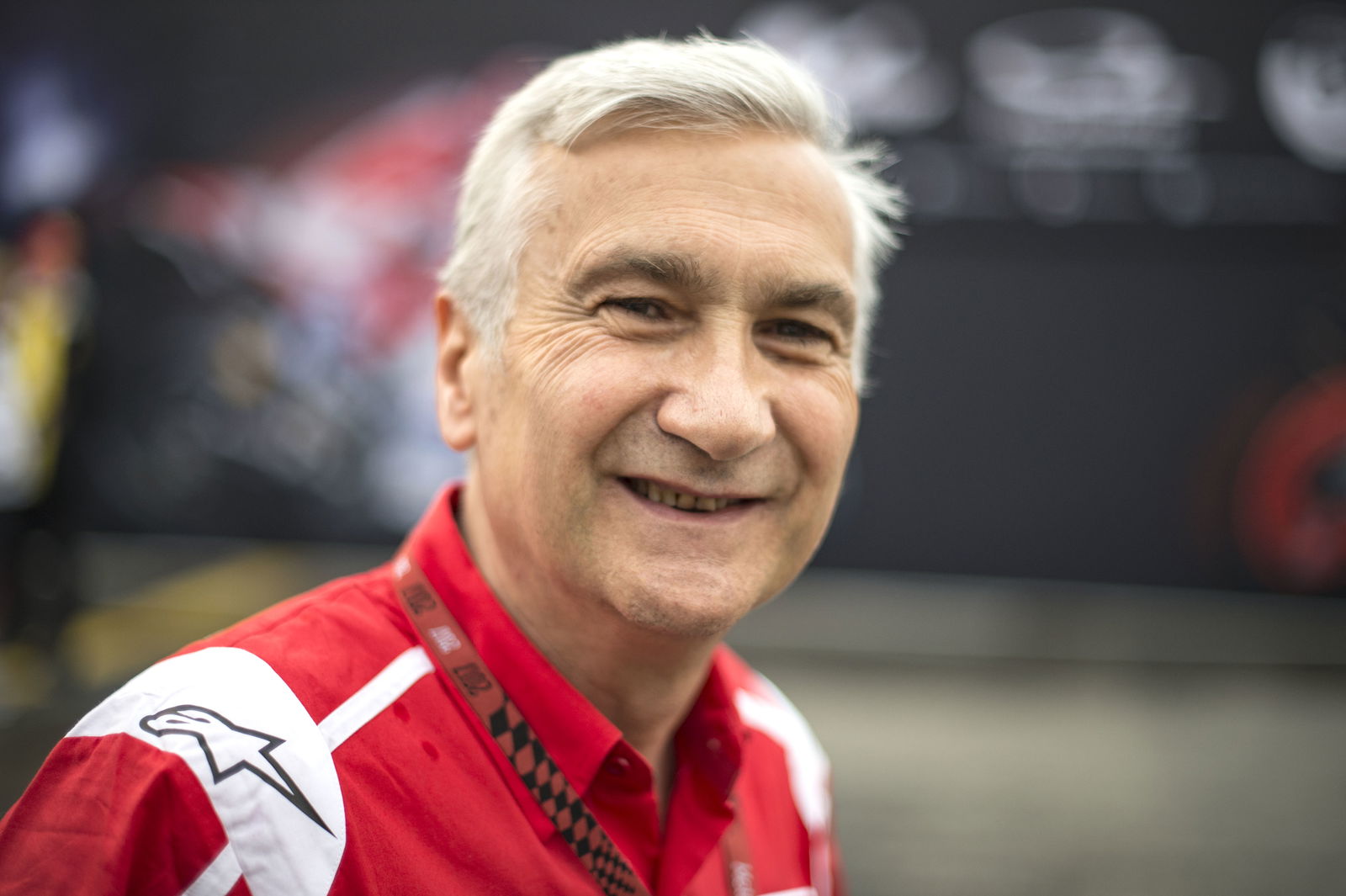MotoGP: 2018 marks start of compulsory airbags
As announced in late 2016, riders in all classes of the MotoGP World Championship will be required to wear leather fitted with airbag systems from the start of this season.
The only exceptions to the rule will be wild-card riders and replacement riders competing in their first two events. Thereafter, replacement riders’ leathers are subject to the same requirements and specifications as those of permanent entrants.

As announced in late 2016, riders in all classes of the MotoGP World Championship will be required to wear leather fitted with airbag systems from the start of this season.
The only exceptions to the rule will be wild-card riders and replacement riders competing in their first two events. Thereafter, replacement riders’ leathers are subject to the same requirements and specifications as those of permanent entrants.
During the closing stages of last season Valentino Rossi and Jorge Lorenzo were asked for their opinion on the airbag systems.
"For me is a great step for the safety, especially for the shoulders, for the collarbones," said Rossi. "I think around 2009, Dainese start to bring [the airbag] after a long study but I don't feel comfortable at the beginning because I lose some movement and the weight. Because was too big.
"But from that moment they are able to improve a lot and now sincerely I don’t want to go on the track without the D-Air, because for sure for a type of crash it can help very much."
Lorenzo, while in favour of the device, did not always use it at all times.
"I want to help Alpinestars make a good evolution, because I think it's important for the safety of the rider, and I think it's a good thing," he said at Valencia.
"We need to improve the comfort a little bit, because when you have the airbag, you feel more stiff in the shoulders, and this is something we need to work on, together with making it a bit more safe.
"But it's very interesting and very good for the safety of the riders. So I'm in favour of it."
More details on the new airbag rules have been provided by Dorna:
'The airbag should cover and protect at least the shoulders and the collarbone. Full or central back protection is optional. However, if a manufacturer chooses to have back protection, it must cover the whole spine.
'Small variations according to the specifics of each system are allowed, as are variations to accommodate the different morphology of each rider, but the same key areas and guidelines are in place for every manufacturer.
'Each airbag system must pass a series of tests to prove it fully complies with the regulations. Requirements range from the battery and electronics to deployment and inflation times, with accidental deployment also an important factor.
'An accidental deployment of the airbag must not risk causing a rider to crash or impede a rider from controlling their motorcycle. In addition, airbag systems must not require any parts to be added to the motorcycle, and must be triggered without the rider being tethered to the bike.
'Each manufacturer must self-certify on the official documentation for the suit that their system fully complies with the regulations and reaches these standards. They must also declare the reliability of their system based on internal testing.'
It is thought that some of the smaller leather manufacturers, rather than develop their own systems, could chose a licensing agreement with one of the established airbag manufacturers, such as Dainese and Alpinestars.

